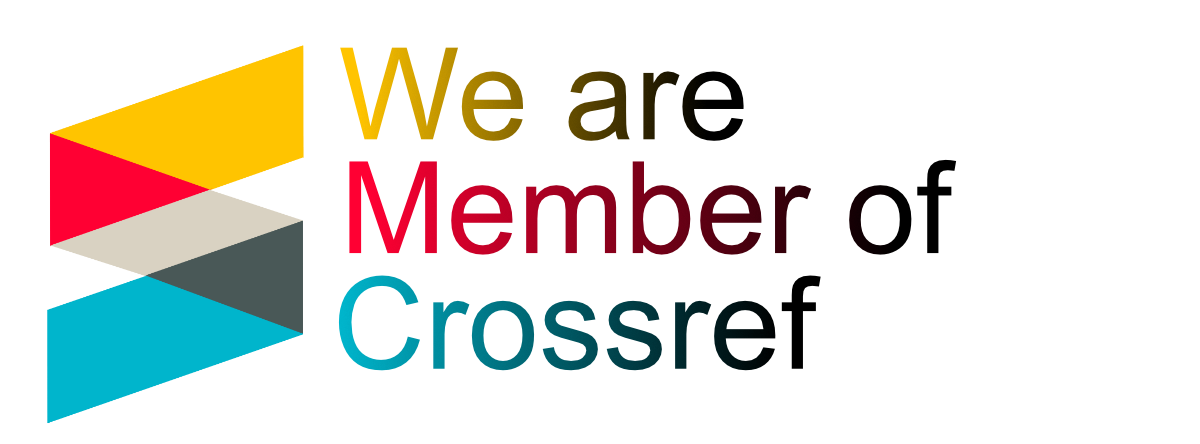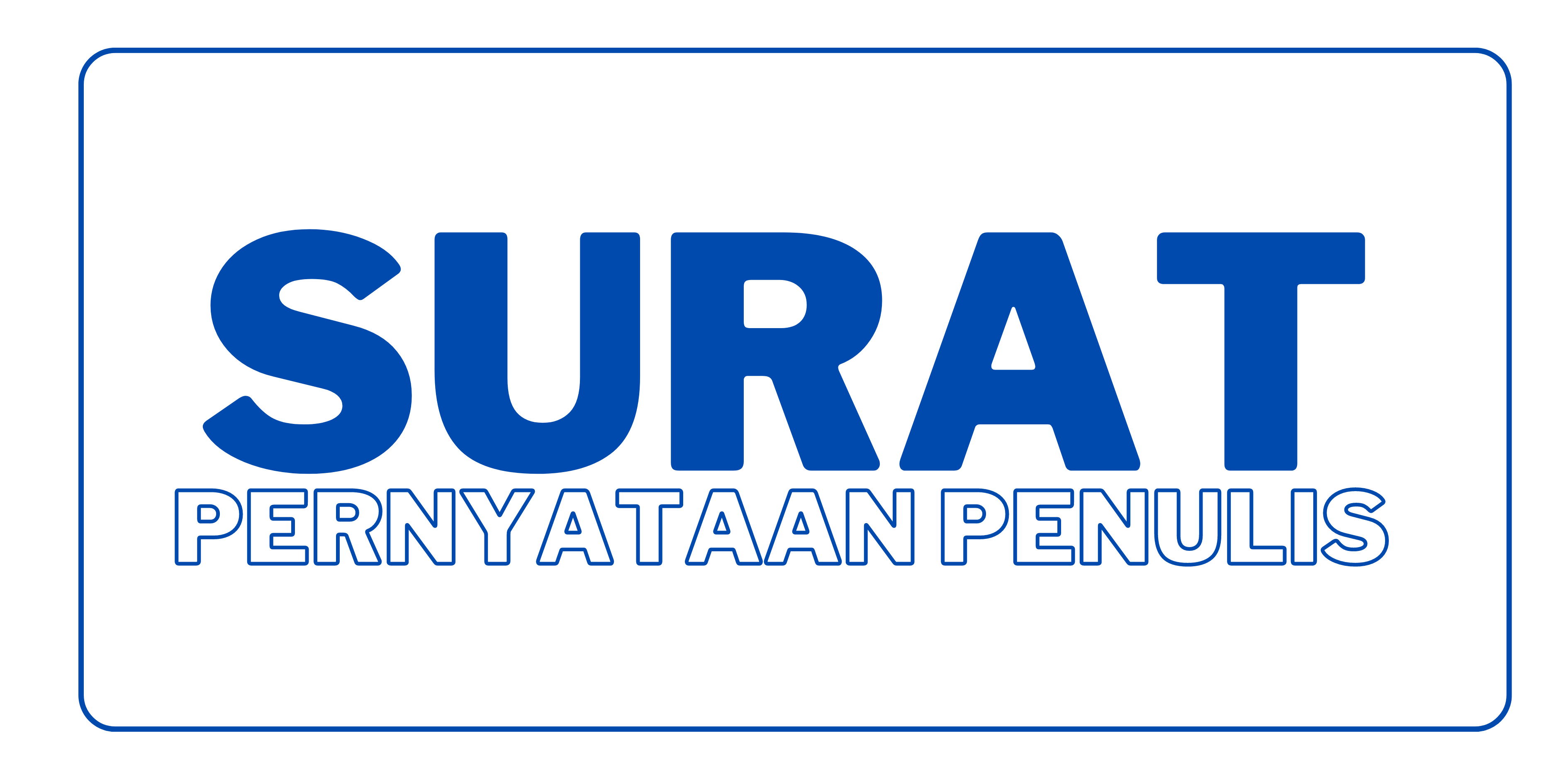ANALYSIS OF THE SUCCESS LEVEL OF DIRECT DISCHARGE QUARANTINE ON THE AMOUNT OF TARIFF TO BE PAID BY SERVICE USERS AT INDONESIAN CONTAINER TERMINAL COMPANY
DOI:
https://doi.org/10.70799/jumma.v5i2.83Keywords:
Direct Discharge Quarantine , Behandle, Quarantine, Stacking Tariff, ContainerAbstract
Direct Discharge Quarantine is a code at Indonesian Container Terminal Company for the activity of unloading imported containers that have received a quarantine inspection flag by direct dischrage (direct unloading) to the quarantine inspection block (TPFT-Karantina). Accelerating the movement of containers during Direct Discharge Quarantine is very important in reducing the high stacking rates that must be paid by service users. This research aims to determine the percentage success rate of Direct Discharge Quarantine, determine the factors that hinder the success rate of Direct Discharge Quarantine, and analyze the comparison of the stacking rates when containers are subjected to quarantine inspection by Direct Discharge and Non-Direct Discharge.
This research uses mixed methods. Quantitative methods using descriptive statistical analysis techniques are used to obtain the percentage success rate of Direct Discharge Quarantine and a comparison of the amount of stacking rates when containers are subjected to quarantine checks via Direct Discharge and Non-Direct Discharge Quarantine. Qualitative methods using fishbone diagram analysis techniques were used to look for factors that influence the percentage success rate of Direct Discharge Quarantine. Based on the results of data processing in this research, it was found that the percentage success rate for Quarantine Direct Discharge was 71% and was included in the high success rate category. Factors that influence the percentage success rate for Quarantine Direct Discharge include machine, method, facility, measurement, and mother nature, the calculation results show that the quarantine inspection package rates and container stacking rates for both dry and reefer types using the Direct Discharge Quarantine mechanism are much cheaper with a difference of 30% when compared to Non-Direct Discharge Quarantine.











